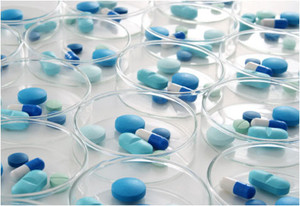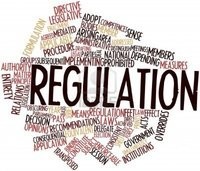The US Food and Drug Administration’s (FDA) director for the Center for Drug Evaluation and Research (CDER) Dr Janet Woodcock, told senators on 17 September 2015 that a critical part of launching a robust US biosimilars market and setting up the regulations to support it is to make sure the scientific framework is ‘bulletproof’.
FDA defends lack of biosimilars guidelines
Home/Guidelines
|
Posted 25/09/2015
 0
Post your comment
0
Post your comment

Testifying before the Senate Subcommittee on Primary Health and Retirement Security, Dr Woodcock defended FDA against complaints regarding the delay in the agency’s release of a number of guidance documents, particularly on interchangeability and labelling.
‘We have to get the science right. We can’t have problems with the first biosimilars out of the block’ said Dr Woodcock. She added that the remaining guidance documents that have yet to be issued are mostly tied to policy, rather than scientific issues. She pointed to the fact that three guidance documents for biosimilars were finalized in April 2015 and that further guidance is expected later in 2015.
FDA has thus far released eight guidelines for biosimilars, three final and five still in draft form [1]. The latest guidance on naming of biologicals, including biosimilars, was released in August 2015 [2] and has already attracted criticism from industry [3].
The guidelines expected in 2015 include ‘Statistical approaches to evaluation of analytical similarity data to support a demonstration of biosimilarity’, which Dr Woodcock says will be the third most important guidance document to be released, after interchangeability and labelling.
Dr Woodcock emphasized that, due to lot-to-lot variations with biologicals and biosimilars, there needs to be a way to measure, via analytical chemistry and statistics, how much these variations matter. She also pointed out that FDA has consulted with the European Medicines Agency, ‘and they think our approach is sound’.
When questioned about what the agency was doing in terms of educating the public on biosimilars, Dr Woodcock informed the committee that the agency has ‘laid out a plan of education campaigns and still needs to determine what people need to know’.
Finally concerning naming, Dr Woodcock stressed the importance of being able to quickly identify and remove the right biological or biosimilar from the market should there be a problem.
Related article
WHO issues draft proposal for its biological qualifier
References
1. GaBI Online - Generics and Biosimilars Initiative. US guidelines for biosimilars [www.gabionline.net]. Mol, Belgium: Pro Pharma Communications International; [cited 2015 Sep 25]. Available from: www.gabionline.net/Guidelines/US-guidelines-for-biosimilars
2. GaBI Online - Generics and Biosimilars Initiative. FDA issues draft guidance on naming biosimilars [www.gabionline.net]. Mol, Belgium: Pro Pharma Communications International; [cited 2015 Sep 25]. Available from: www.gabionline.net/Guidelines/FDA-issues-draft-guidance-on-naming-biologicals
3. GaBI Online - Generics and Biosimilars Initiative. Comments on FDA’s guidance on naming biologicals [www.gabionline.net]. Mol, Belgium: Pro Pharma Communications International; [cited 2015 Sep 25]. Available from: www.gabionline.net/Biosimilars/General/Comments-on-FDA-s-guidance-on-naming-biologicals
Permission granted to reproduce for personal and non-commercial use only. All other reproduction, copy or reprinting of all or part of any ‘Content’ found on this website is strictly prohibited without the prior consent of the publisher. Contact the publisher to obtain permission before redistributing.
Copyright – Unless otherwise stated all contents of this website are © 2015 Pro Pharma Communications International. All Rights Reserved.
Source: US FDA, RAPS
Policies & Legislation
ANVISA tackles 24-month backlog in biologicals post-registration petitions
US EO: delivering Most-Favored-Nation Prescription Drug Pricing to American patients
Most viewed articles
The best selling biotechnology drugs of 2008: the next biosimilars targets
Global biosimilars guideline development – EGA’s perspective
New guidance for biologicals in Pakistan and Hong Kong’s independent drug regulatory authority

Home/Guidelines Posted 20/10/2025
Canada poised to remove requirement for Phase III trials for biosimilars

Home/Guidelines Posted 22/07/2025
The best selling biotechnology drugs of 2008: the next biosimilars targets








Post your comment